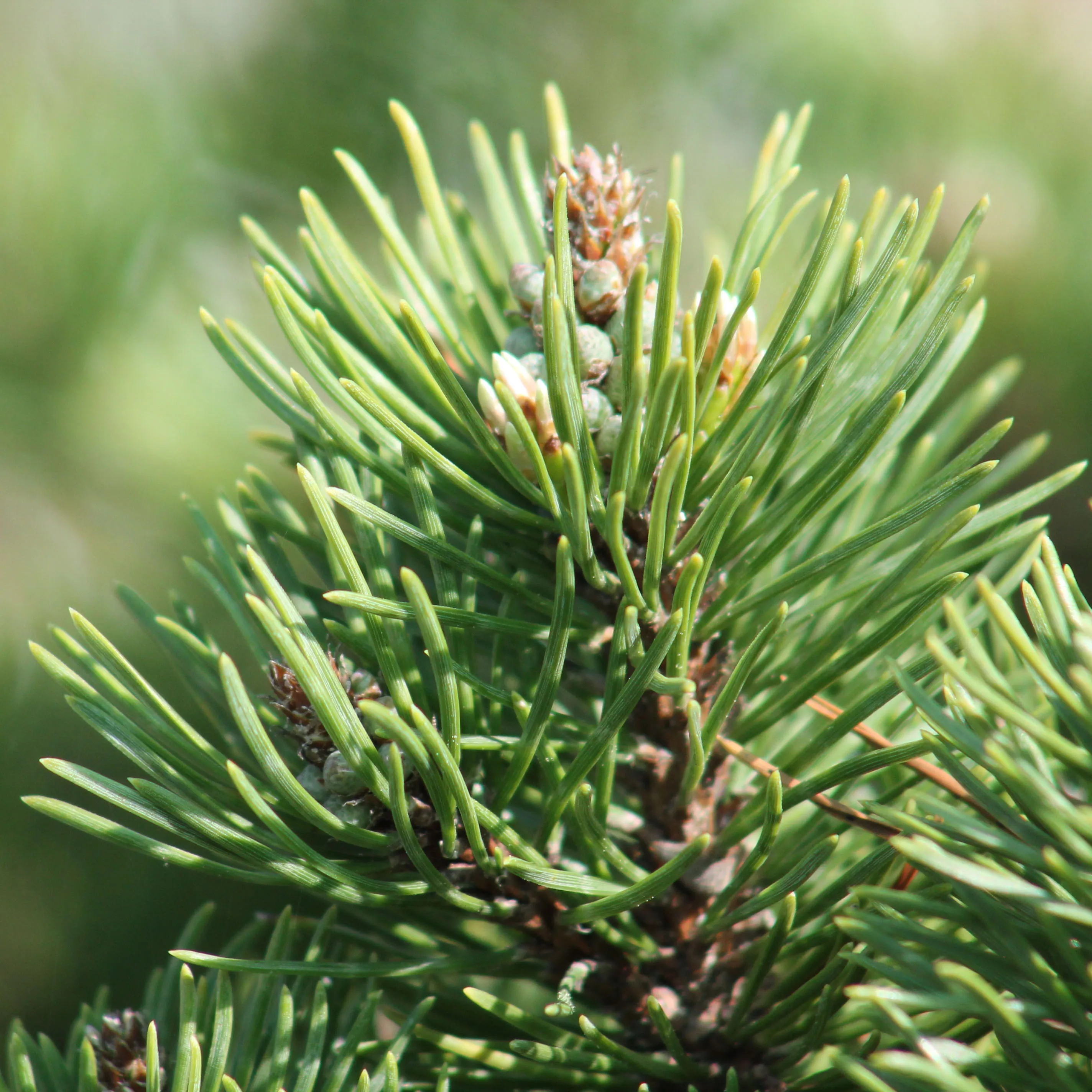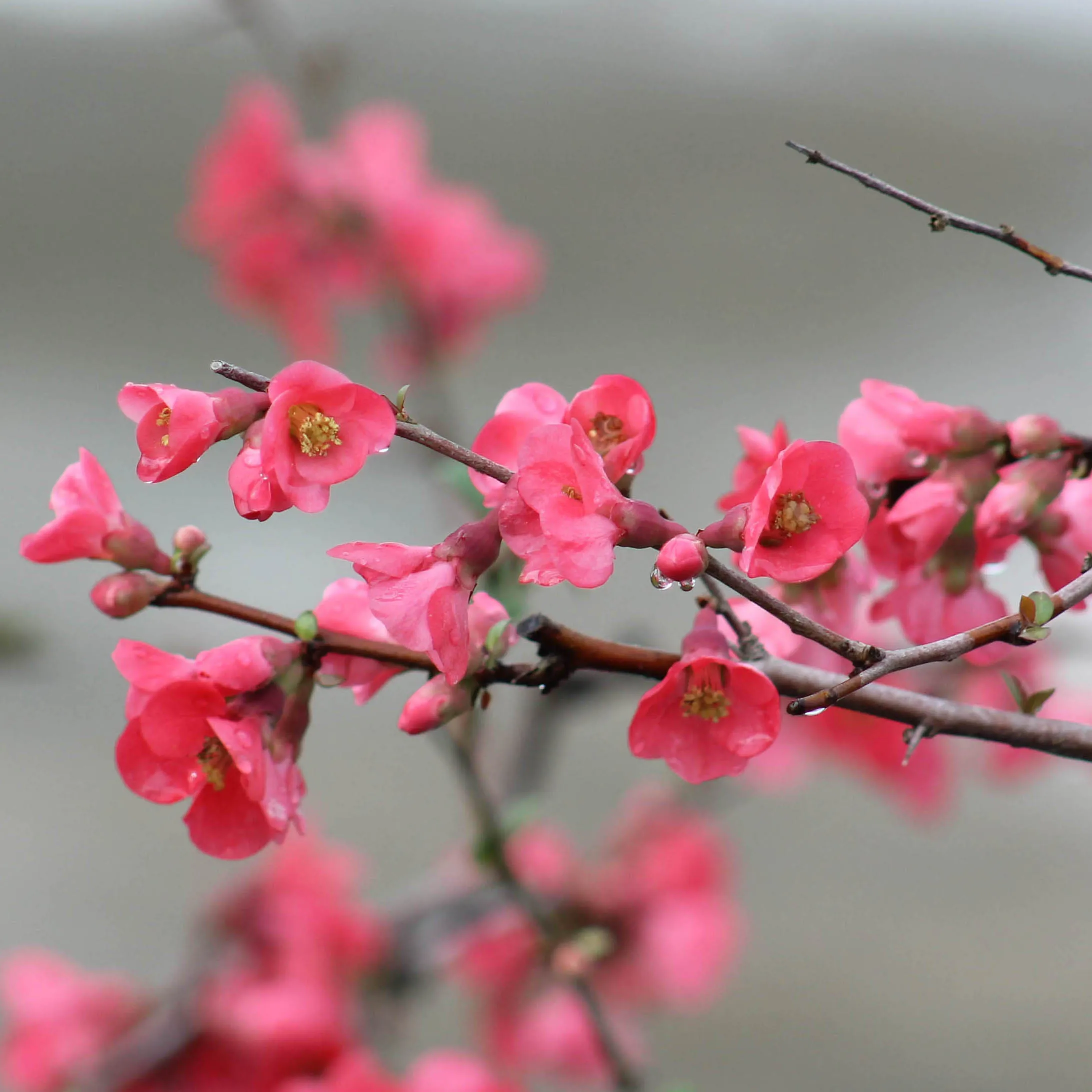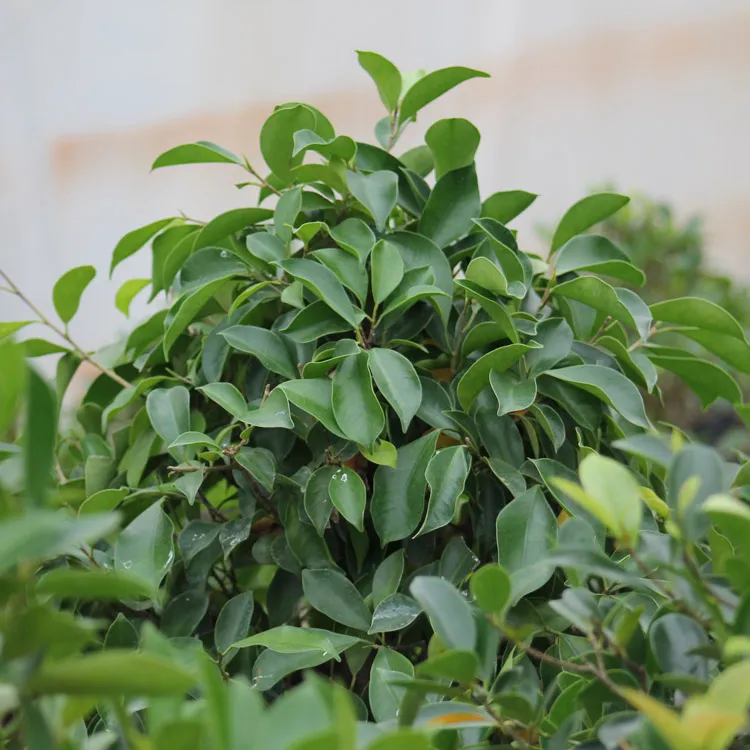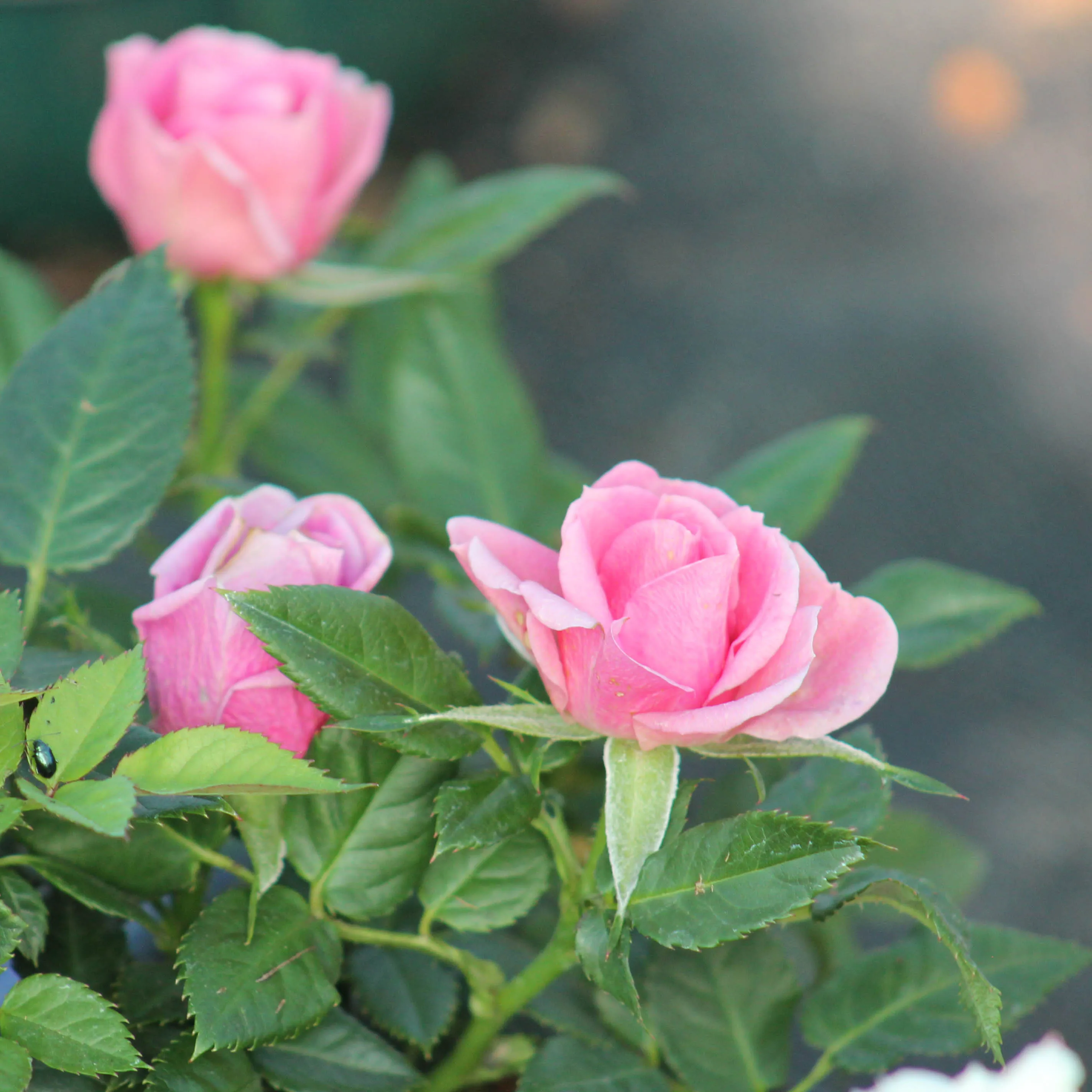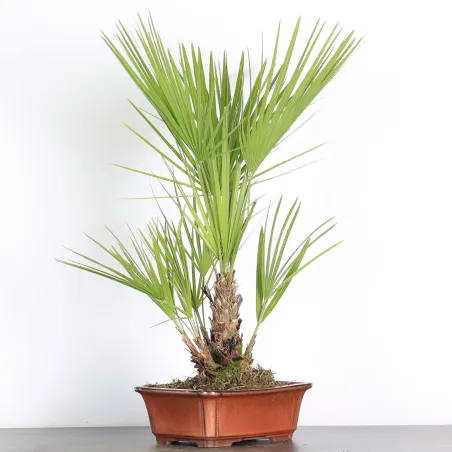Dehors toute l’année, une exposition en plein soleil est très propice à son bon développement Cette variété supporte amplement la chaleur, il apprécie les températures élevées et l’air sec. Privilégiez un emplacement semi-ombragé tout de même lorsque le soleil est brûlant et éclatant. Si vous habitez une région avec des hivers très humides et pluvieux, le genévrier apprécie d'être mis à l’abri pour ne pas avoir sa motte racinaire complètement trempée pendant des semaines. Ils sont extrêmement résistants au gel.
 English
en
English
en
Bonsai
Juniperus communis old gold 1-2
The juniper, "Juniperus", from our own production is ideal for bonsai training. Evergreen and hardy, it is very suitable for the creation of deadwood, jin and shari, very popular in the world of bonsai.
- Photos taken in march 2025
Growing tips:
Location: Outdoors all year round, exposure to full sun is very conducive to its proper development. This variety can easily tolerate heat, it appreciates high temperatures and dry air. Choose a semi-shaded location when the sun is hot and bright. If you live in an area with very wet and rainy winters, juniper likes to be sheltered so that its root ball is not completely soaked for weeks. They are extremely frost resistant
Watering: Water regularly while allowing the root ball to dry out slightly between waterings to avoid excess water. Watering will be done regularly, in hot weather, it's every day ! On the other hand, in winter, water according to the soil monitoring you do. Thanks to the rain and cold, you won't necessarily need to water regularly since the substrate will remain moist.
To do it well: Don't hesitate to water the entire root ball up to the roots, the water will drain away through the holes under the pot or bathe it in water (drenching) for a few minutes, to be sure to water it well. We do not recommend putting a cup/container underneath your pot as the water will stagnate and can cause root rot. (Too much water = asphyxiation).
Substrate and repotting: The current substrate of juniper is the soil of the field, since we have grown them in a nursery. When repotting, we mixed it with agricultural potting soil (peat/horse manure/bark/pozzolana). During the next repotting, which is done about every 3 years in spring, you can mix more draining substrate such as: akadama, pumice, kiryu... only be careful not to disturb the root soil, do not destroy the whole root ball,
Many juniper trees (especially common juniper - Juniperus communis) react noticeably when repotted at the wrong time or too drastically. For this reason, you should cut as few roots as possible.
Waist: To maintain a compact shape, it is necessary to pinch off the young shoots, but this tends to weaken the juniper in bonsai. Instead, use scissors to prune the part that is starting to lignify (where the twig changes from green to brown). Always leave foliage on a branch, otherwise it will die. Large branches should preferably be pruned outside of hot periods.
Ligature: Bonsai juniper can be shaped all year round by ligature, although heavy folding must be done during the winter. The wood is quite supple and allows for great creativity but it takes time, because a good shaping requires tying up to the tips of the branches. On an already well-established tree, it is possible to maintain shape only by pruning, provided that you accept a freer style than the juniper bonsai that can be seen in Japanese exhibitions.
Deadwood: Juniper is very tolerant of the creation of dead wood, jin or shari. It is even a typical aesthetic element of the species with the enhancement of the living veins that run along the trunk and oppose the dead parts.
Fertilization: In the nursery, we use blue tomato/flower fertilizer NPK 12 12 17. You can use some and put a handful (small or large depending on the size of the pot) on the substrate from May to October, every 2 months alternating chemical/organic.

 Production of French Bonsai
Production of French Bonsai













